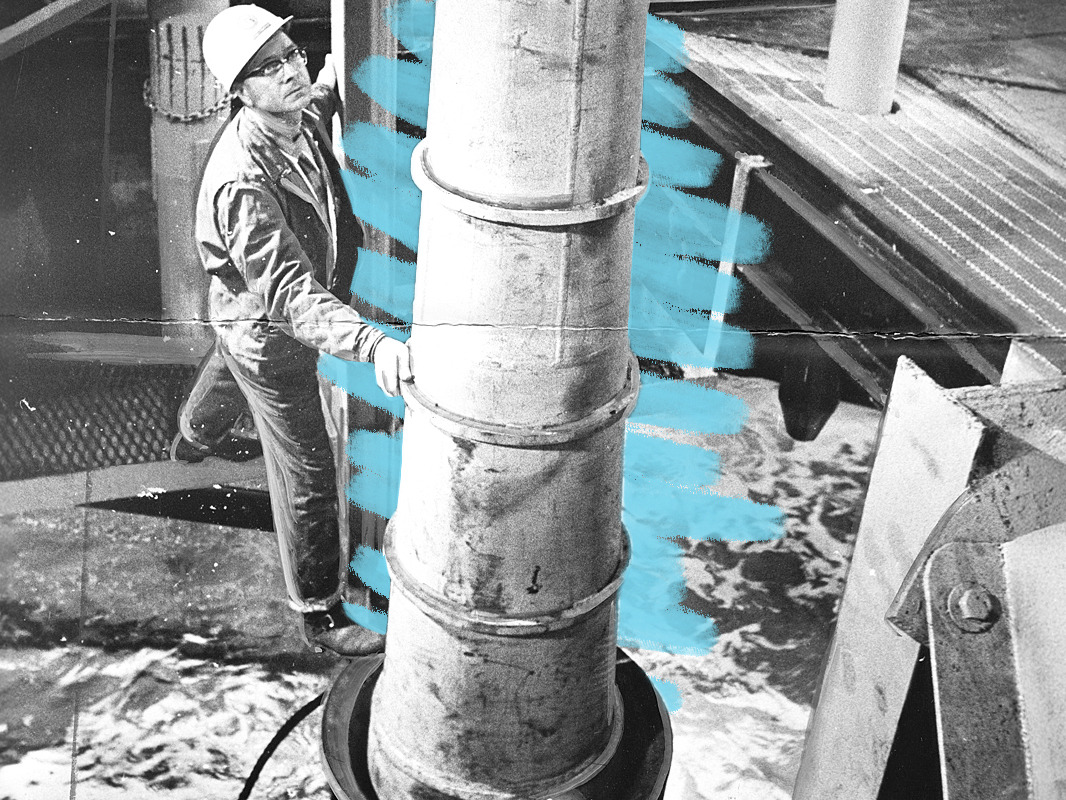There was a “hole race” alongside the space race.
As the United States and the Soviet Union started competing for space supremacy in the mid-20th century, they were also racing in the opposite direction. Both countries wanted to dig the deepest hole, with the goal of reaching the Earth’s mantle in order to better understand the planet’s interior and also demonstrate technical prowess. A group of American scientists took a first stab at the deep hole in 1961 by drilling into a deep sea bed, where the Earth’s crust is thinner. The Soviet Union, after years of planning, started drilling a hole on the Kola Peninsula in the Arctic Circle in 1970. Eventually, the Germans launched their own effort in Bavaria in 1990.
Ultimately, nobody reached the Earth’s mantle. The Soviet Union still finished on top: Around 1989, after drilling the Kola Superdeep Borehole for about 20 years, the Soviets reached a depth of about 7.5 miles. The hole is only about 9 inches across, too small for a human being to fall in, but it was sealed up with a metal cap in 2008 anyway. It’s still the deepest human-made hole on Earth.
The United States made it 601 feet deep under 11,700 feet of water before funding was pulled in 1967, although the project helped launch a new era of ocean exploration and brought up some valuable geological samples. Germany drilled more than 5.5 miles, but the drill got too hot to continue — a lower temperature is one advantage the Soviet Union had in the Arctic Circle. All of these efforts helped pave the way for future scientific drilling projects, ushering in technology that is still used by the oil and gas industry.







